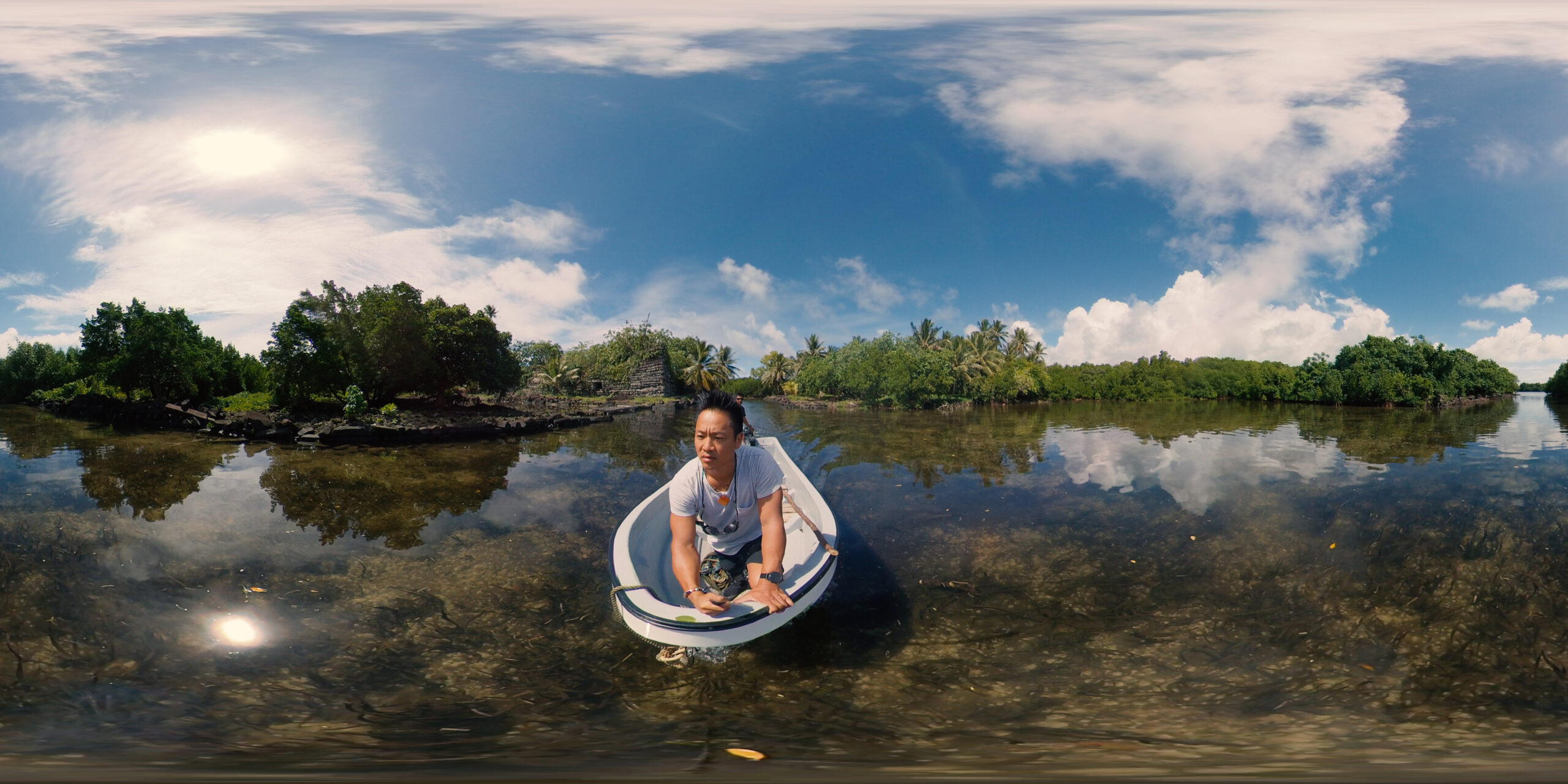I think we are all born explorers, its just a matter of remembering it, and believing that the world has not all been figured out yet…. That there is always a frontier into the unknown.
Sometimes I get asked how I got my start. I was just a wide-eyed kid when my journey into the world of exploration and discovery began. Growing up in Santa Cruz California, the world seemed both vast and mysterious, full of secrets waiting to be unraveled. My parents couldn’t have been more different in their pursuits – my father, an astrophysicist, constantly looked up at the stars, while my mother, a former actress turned musician, was dynamic and artistic. It was as though I was a blend of their two distinct worlds, a fusion of science and art to feed a deeply internal and insatiable curiosity.
One of my earliest inspirations was a series of images I stumbled upon as a child. They depicted the discovery of the Ice Maiden in Peru, a remarkably preserved Inca mummy discovered by Johan Reinhard, a mountain climber high in the Andes. The images transported me to a world of ancient cultures and hidden stories, igniting a spark within me that would drive my lifelong quest for exploration.
Over time this idea of discovery and exploration felt more and more like a child’s dream, lost to the realities of life in an age where everything seems to have been explored. I turned to engineering as a way to try and find new frontiers, and ended up following a path to a Ph.D. Meanwhile I would save up my meager earnings as a writer for the university news letter to travel through the world any chance I could. I ended up in the mountains of Tibet, the rolling hills south east Asia, then ultimately in the endless plains of Mongolia living with nomads, till it was time to come home and continue my studies. It felt like two divergent existences, a study of engineering vs a quest into the unknowns of my own humanity. Then, one day, an unlikely lecture that would forever alter the course of my life.
The speaker demonstrated how bioimaging tools could be used to unveil the secrets hidden beneath paintings and between walls of ancient buildings. This lecture opened my eyes to the possibility of using engineering to look beyond the visible and uncover the gaps in history, even my own.
Not long after the quest was to search for the tomb of Genghis Khan, a figure of legendary proportions. I named the effort “The Valley of the Khans project”, aimed to solve one of history’s greatest mysteries – the location of the great Khan’s resting place. According to historical records, a particular “god mountain” in the mountains of Northern Mongolia was said to be the source of Genghis Khan’s spiritual power. I spent countless hours in university libraries scouring over historical documents from 16th century chronologists, 19th century sinologists, trying to find anything I could get my hands on that described what happened 800 years ago. Its was a grand adventure through history solving a mystery lost in time.
I was determined to tackle this challenge with respect for the deeply held Mongolian traditions. My plan involved using noninvasive technologies such as satellites, drones, and radar to preserve the sanctity of the tomb’s location. To help with this ambitious endeavor, I created a platform known as “Tomnod,” which translates to “big eye” in Mongolian. This platform would later be used globally and even became the subject of a Netflix documentary during the MH370 search.
But none of this existed yet. I figured to become an explorer I would have to go all in, like when someone launches a company. I sold all my possessions to give myself one year to raise funds. And was living out of my car, a freshly minted Ph.D. with no job, I was fueled only by an unwavering curiosity and the support of dedicated friends with spare couches from time to time. I wrote countless letters and emails to anyone I could find associated with the National Geographic Society, passionately pitching my idea.
With a fair amount of luck, I managed to build a coalition of Mongolian collaborators and gather international support and receive my first grant from National Geographic. Over the next three summers, my team and I scoured the Mongolian mountains, searching for the tomb of Genghis Khan. Our efforts captured headlines worldwide, and we produced our first documentary, “The Forbidden Tomb of Genghis Khan.”
In the course of our explorations, we unearthed several temple structures nestled within the roots of fallen trees, with artifacts like horse teeth dating back to the time of Genghis Khan’s death. However, tensions surrounding the sacred nature of the tomb and our findings led to an embargo, and the true purpose of these ancient structures remains a mystery.
Regardless of the outcome, this project marked the inception of a lifelong journey of exploration for me. I’ve dedicated my life to looking into the past with new eyes, to venture into the unknown, and to unveil the stories both in history and our natural world. This is how I became the explorer the child version of me always dreamt of being.























